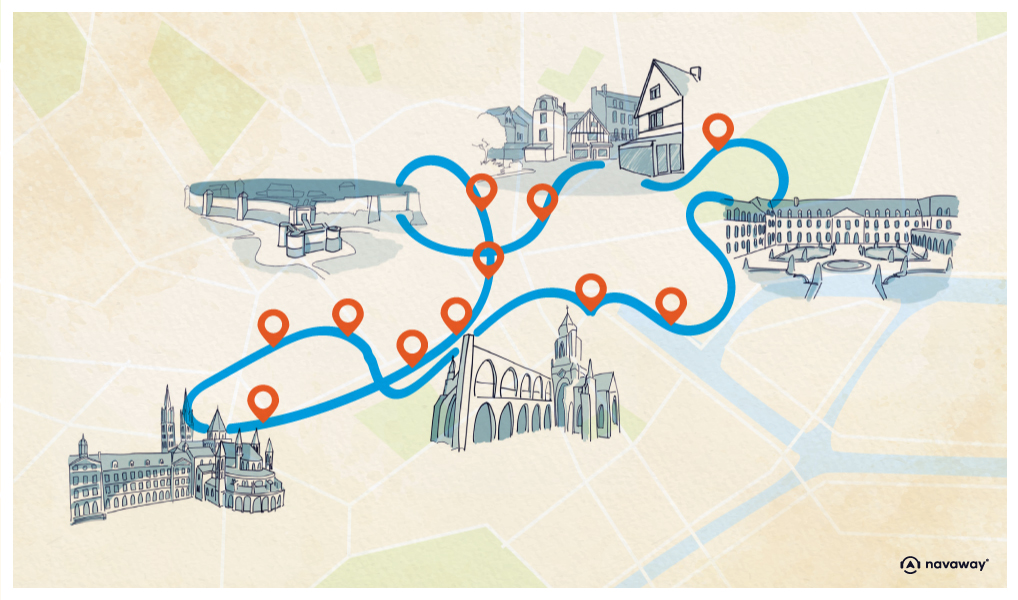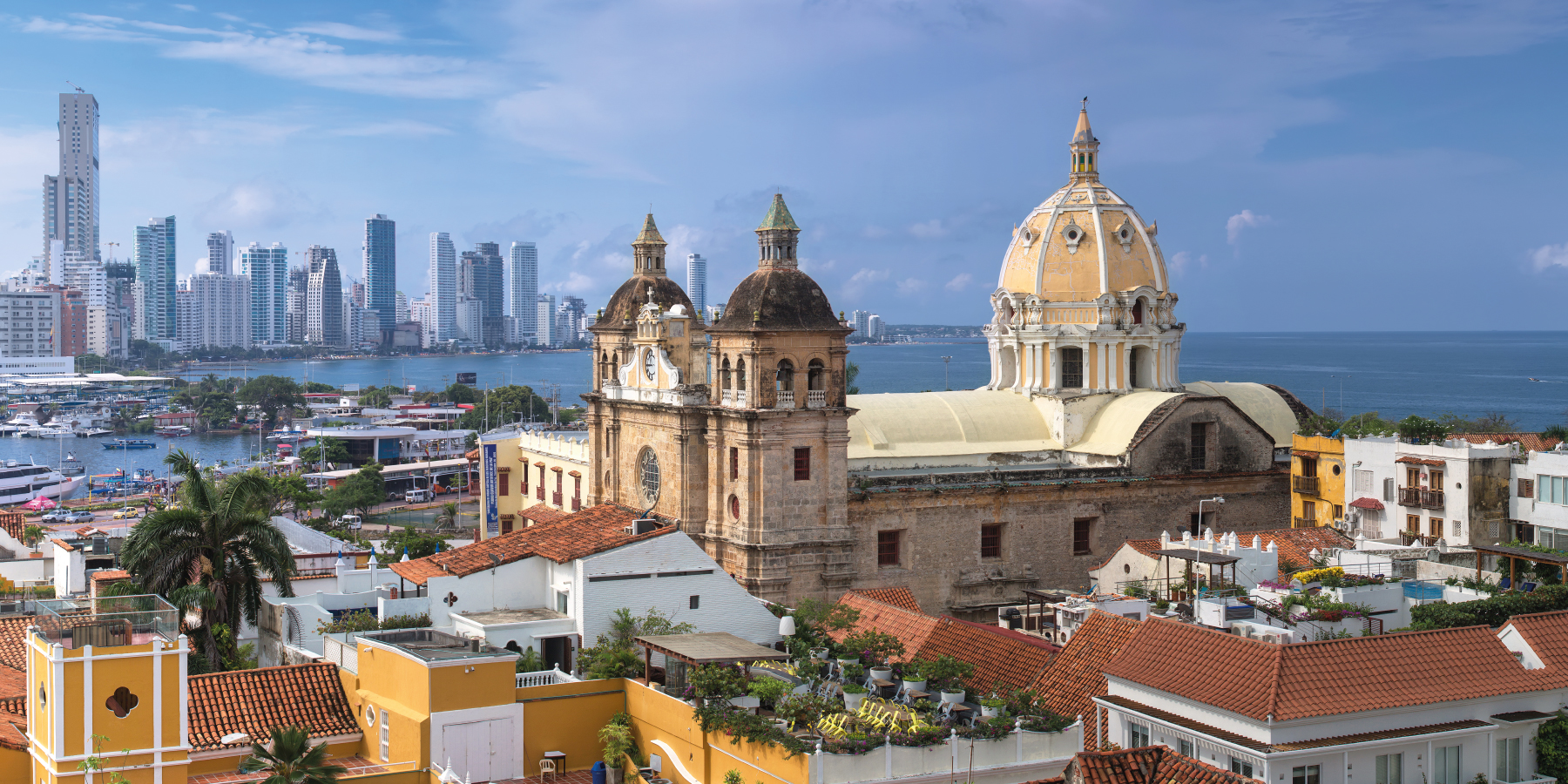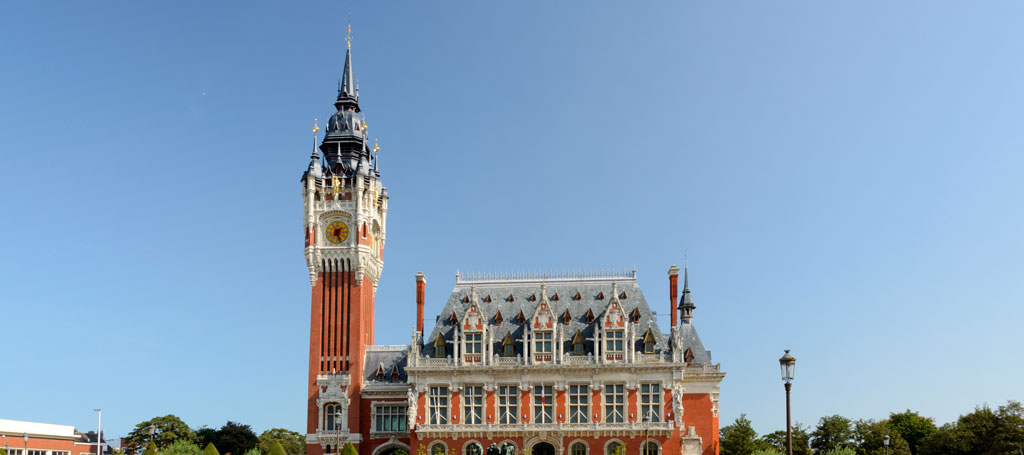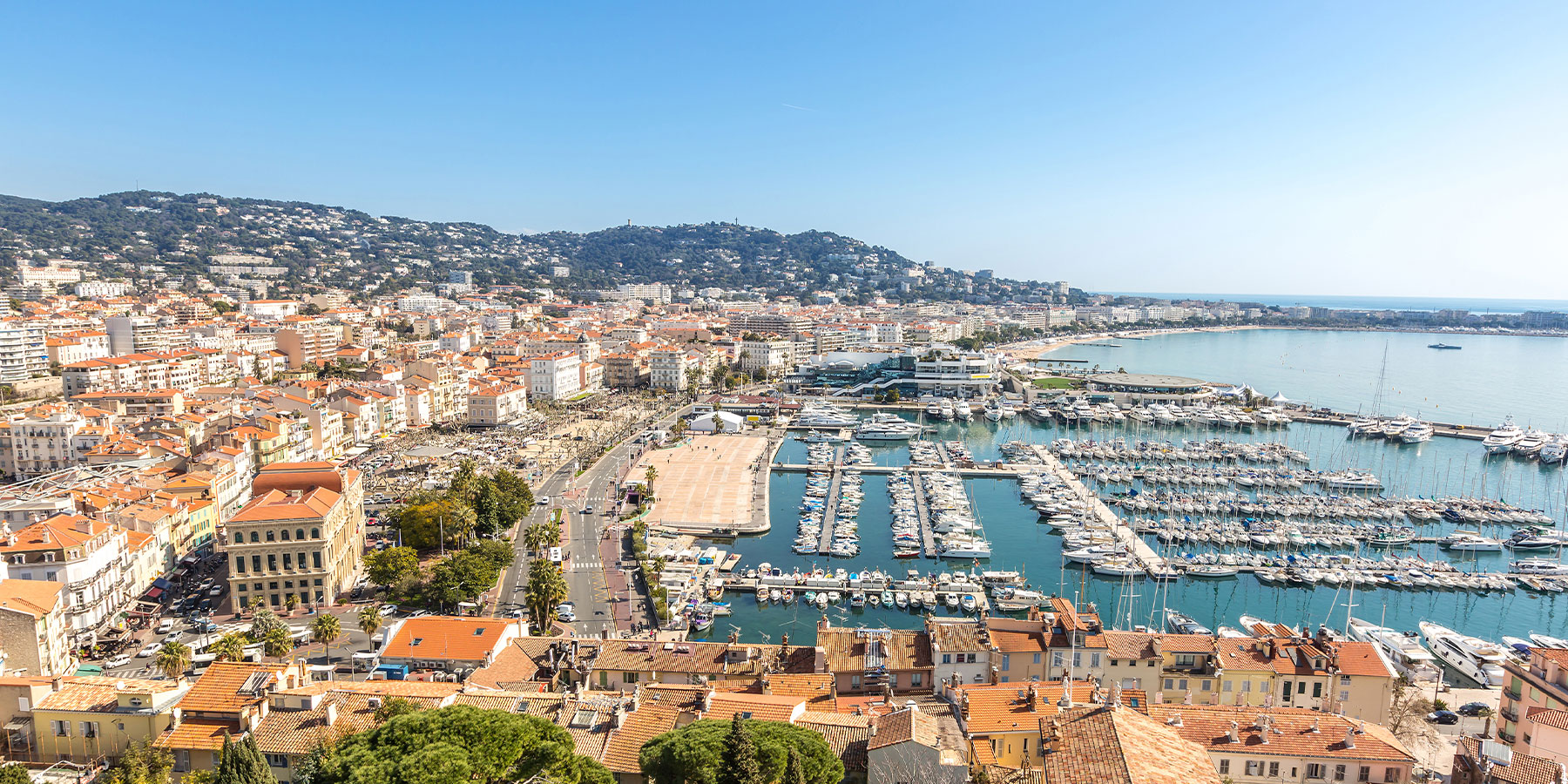
Caen Castle

This point of interest is available as audio on the tour: Visit Caen, Home of William and Matilda
We have now arrived at the famous Caen Castle! It was built around 1060 by William the Conqueror, shortly before he became King of England! To understand why this castle was built, it’s important to understand who William was and why he was called the bastard. His father, a Viking by birth, was the Duke of Normandy, better known as Robert the Magnificent. He was not married, but was living with his ‘frilla’, Arlette de Falaise. A frilla, in the eyes of Viking law, is what we would call a concubine, but it was perfectly legal. The Duke therefore considered their son to be his legitimate heir, even though many people called him William the Bastard. You can therefore understand the difficulties that awaited the 8-year-old William when his father died on a pilgrimage to Jerusalem. Some lords revolted, plots were hatched against William and his protectors, heads fell, but William escaped all assassination attempts and did everything in his power to recover the sovereignty of his duchy, which went through a long period of instability. Everything changed in 1047, when he succeeded in getting rid of the Norman rebels with the famous victory at the Battle of Val ès Dunes in 1047. To consolidate his power, he ordered the construction of the largest fortress in northern Europe. Caen Castle was built in the light yellow limestone typical of the region. As you can imagine, the castle has passed through many hands in its 1,000 years of tumultuous history. Particularly during the famous 100 Years’ War! Basically, each successor has improved on his predecessor’s facilities. William’s son had the keep built, and it was the French king Philippe Auguste a century later who surrounded it with moats and ramparts, creating a castle within a castle. You’ll also see the chessboard room, to the left of the keep. This is not where chess was played, but where ducal justice was administered and, above all, where feasts and banquets were held. It was also built by William’s son Henry. His parents, on the other hand, lived in a palace nearby, of which almost nothing remains. The Saint-Georges parish church at the entrance is proof of the existence of a village inside the castle. It is believed that the last inhabitants left when the English took the fortress. The ramparts and moats built over the centuries were no match for the threat that came from the sky. Occupied by the Germans, the fortress was bombed in 1944 and seriously damaged. The complex you can see today is the result of archaeological excavations, renovation work and enhancement projects. This site, deeply steeped in history, is now home to the Normandy Museum and the Fine Arts Museum. If you’re under 26, you can even visit them for free. Don’t hesitate to step in and explore the site at your own pace.

Si vous avez encore du temps…

Discover Caen with app
An interactive guide through the most beautiful streets, squares, and districts
22 fun audioguides full of historical facts, anecdotes, and legends





Comments